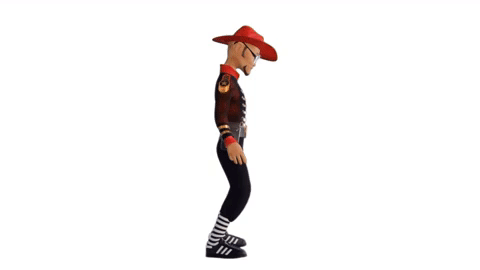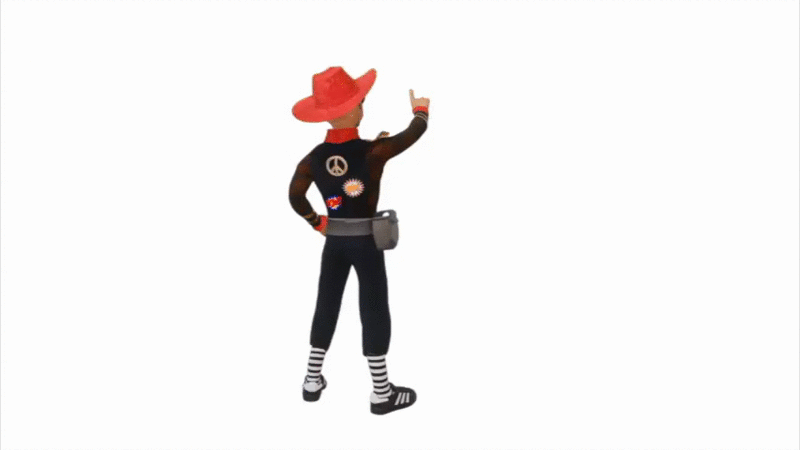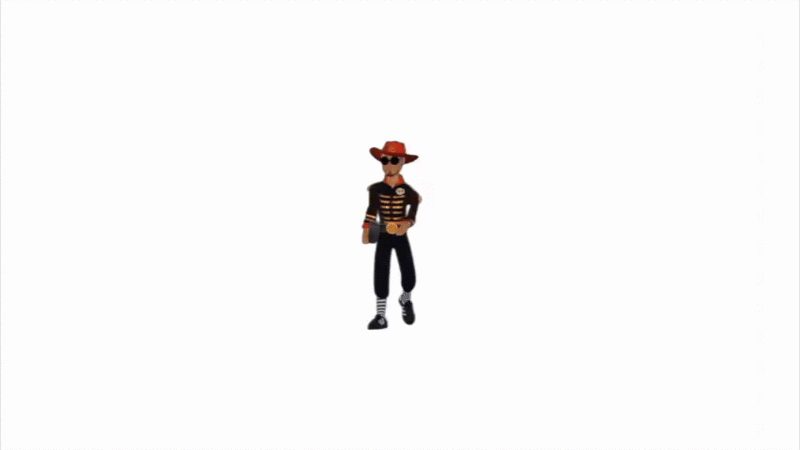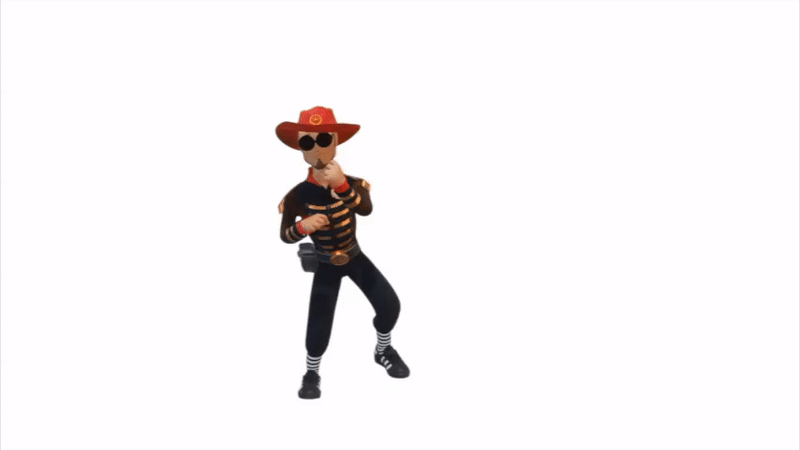Media Literacy
Media Literacy & Information Literacy Class 41 Education Trademark & Platform Micro-License™
Media literacy is the ability to identify different types of media and understand the messaging being delivered. Children can take in a huge amount of information from a wide variety of sources, far beyond the traditional media (TV, radio, newspapers, and magazines) of most of their parents’ youth. There are text messages, memes, viral videos, social media, video games, advertising, and more. Yet all of media shares one thing: Someone created it. And it was created for a reason. Understanding that reason is the basis of media literacy, and distinguishing how you feel in the equation.
Information literacy is a set of abilities requiring individuals to “recognize when information is needed and have the ability to locate, evaluate, and use effectively the needed information.” 1 Information literacy also is increasingly important in the contemporary environment of rapid technological change and proliferating information resources. Because of the escalating complexity of this environment, individuals are faced with diverse, abundant information choices–in their academic studies, in the workplace, and in their personal lives. Information is available through libraries, community resources, special interest organizations, media, and the Internet–and increasingly, information comes to individuals in unfiltered formats, raising questions about its authenticity, validity, and reliability. In addition, information is available through multiple media, including graphical, aural, and textual, and these pose new challenges for individuals in evaluating and understanding it. The uncertain quality and expanding quantity of information pose large challenges for society. The sheer abundance of information will not in itself create a more informed citizenry without a complementary cluster of abilities necessary to use information effectively.
Specifically, POPOLOGY® helps:
- Learn to think critically. As kids evaluate media, they decide whether the messages make sense, why certain information was included, what wasn’t included, and what the key ideas are. They learn to use examples to support their opinions. Then they can make up their own minds about the information based on knowledge they already have.
- Automated Linear Discovery. Linear reading involves the ability to read an extended narrative in continuous, in-depth fashion and reflect upon its meaning. POPOLOGY® platform provides aggregation from numerous platforms from one search query. Effectively providing unto 2400 video results to explore from uptown 25 separate platforms
- Become a smart consumer of products and information. Media literacy helps kids learn how to determine whether something is credible. It also helps them determine the “persuasive intent” of advertising and resist the techniques marketers use to sell products.
- Recognize point of view. Every creator has a perspective. Identifying an author’s point of view helps kids appreciate different perspectives. It also helps put information in the context of what they already know — or think they know
- Create media responsibly. Recognizing your own point of view, saying what you want to say how you want to say it, and understanding that your messages have an impact is key to effective communication.
- Identify the role of media in our culture. From celebrity gossip to magazine covers to memes, media is telling us something, shaping our understanding of the world, and even compelling us to act or think in certain ways.
- Understand the author’s goal. What does the author want you to take away from a piece of media? Is it purely informative, is it trying to change your mind, or is it introducing you to new ideas you’ve never heard
of? When kids understand what type of influence something has, they can make informed choices. - When teaching children media literacy, it’s not so important for parents to tell kids whether something is “right.” In fact, the process is more of an exchange of ideas. You’ll probably end up learning as much from your kids as they learn from you.
Media literacy includes asking specific questions and backing up your opinions with examples. Following medialiteracy steps allows you to learn for yourself what a given piece of media is, why it was made, and what you want to think about it.
Here are the key questions to ask when teaching kids media literacy:
- Who created this? Was it a company? Was it an individual? (If so, who?) Was it a comedian? Was it an artist? Was it an anonymous source? Why do you think that?
- Why did they make it? Was it to inform you of something that happened in the world (for example, a news story)? Was it to change your mind or behavior (an opinion essay or a how-to)?
Was it to make you laugh (a funny meme)? Was it to get you to buy something (an ad)? Why do you think that? - Who is the message for? Is it for kids? Grown-ups? Girls? Boys? People who share a particular interest? Why do you think that?
- What techniques are being used to make this message credible or believable?
Does it have statistics from a reputable source? Does it contain quotes from a subject expert? Does it have an authoritative-sounding voice-over? Is there direct evidence of the assertions it is making? Why do you think that? - What details were left out, and why? Is the information balanced with different views —
or does it present only one side? Do you need more information to fully understand the message? Why
do you think that? - How did the message make you feel? Do you think others might feel the same way?
Would everyone feel the same, or would certain people disagree with you? Why do you think that?
Digital Literacy
-
Digital literacy is part of media literacy and the technological focus of POPOLOGY® Networks. Inclusive of the idea of “information literacy,” which is the ability to effectively find, identify, evaluate, and use information. Digital literacy specifically applies to media from the internet, smartphones, video games, and other nontraditional sources. Just as media literacy includes the ability to identify media and its messages and create media responsibly, digital literacy includes both nuts-and-bolts skills and ethical obligations. Kids today are using the immense power of digital media to explore, connect, create, and learn in ways never before imagined. These activities offer both awesome opportunities and potential pitfalls. And kids’ digital lives don’t stop at the school gates, either. The spillover can result in cyberbullying, digital cheating, and safety and security concerns. That’s why digital literacy is a uniquely important part of media literacy.Here are some key digital-literacy skills kids can learn at home and at school:
- Searching effectively. From researching a school report to watching the latest music video, kids need to learn how to evaluate the quality, credibility, and validity of media and to give proper credit to the source.
- Protecting their and others’ private information online. With so many ways to share information, kids need to learn internet safety basics, such as creating strong passwords, using privacy settings, and respecting their friends’ privacy.
- Giving proper credit when using other people’s work. In a world where anything can be copied, pasted, and even claimed as one’s own, it’s critical that kids learn to correctly cite sources.
- Understanding digital footprints. What makes digital media so cool — the ability to interact — also creates tiny tracks across the web. Kids need to know that whenever they create a profile, post something, or comment on something, they’re creating a composite profile potentially viewable by others.
- Respecting each other’s ideas and opinions. To be digitally literate, kids must understand that what makes the web an amazing place is that for this vast virtual world to function properly, we must all be good digital citizens.







